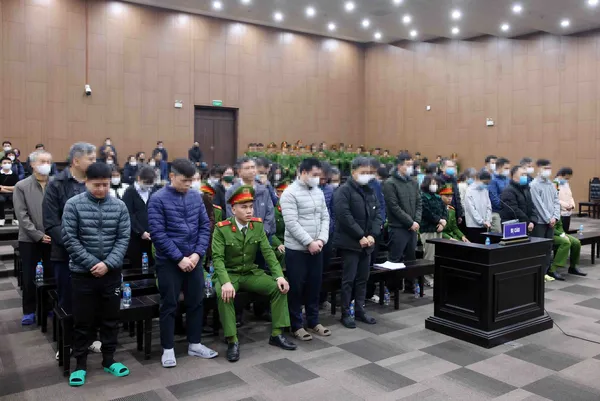 Environment
Environment


|
| Professor Đặng Huy Huỳnh. — Photo baotainguyenmoitruong.vn |
Professor Dr Đặng Huy Huỳnh, Chairman of the Việt Nam Zoological Society, talks to Tuổi Trẻ newspaper about failures to protect rare animals in Việt Nam
How do you respond to the recent killing of a whale shark, a rare and endangered animal, in Thanh Hóa Province?
This is a big challenge facing us to protect rare animals in Việt Nam.
From a management perspective, the killing of the whale shark was the result of a lack of environmental protection knowledge. It is the naked truth that in many localities, local officials have not been trained how to protect wild animals.
Adding to that is loose management and lack of responsibility towards the conservation and protection of endangered and animals.
Do you think construction sites across the country are part of the problem?
I couldn't agree more! Many projects have seriously encroached on the environment of many rare animals. However, we can’t negate that many projects have brought benefits to the community. In real life, sometimes we have to calculate the pros and cons and choose the invasive ways to protect wild animals.
Can you give us examples about how the habitats of wild animals have been encroached upon?
Wildlife protection is common in many countries. However, in Việt Nam, particularly submerged forests that are sanctuaries for migrant birds, have been destroyed. Another example I want to mention is the Cà Tong giraffe which is only found in the Central Highlands. But in recent years, due to the fast development of coffee and pepper plantations, the population has fallen considerably. Other species have also been hit by hunters and poachers.
Having researched wild animals for many years, what is your assessment of the current situation?
Studies conducted in Northern Việt Nam before 1976 and then in the Central Highlands found a rich diversity of species. But if you ask me to compare the present population of wild animals and rare species, I’m very sorry to say there are two extremes. In the past, we always spotted different species when we went into the forest, but now spotting an animal is a rarity.
What concerns do you have about the future of our animal populations?
We are worried about this situation. Legally speaking, our laws that should protect endangered animals are rather comprehensive, but making them work has become a headache for us.
For example, in 2010, despite our efforts coupled by strong support from wildlife organisations, the last rhino in Việt Nam was killed.
It is regrettable to say that the work of conservation and protection of wild animals in Việt Nam is very poor and in certain cases, there are violations of our laws._VNS




